A hydrogel that can tell good from bad: this material can distinguish between normal and pathological levels of urate, a salt related to gout arthritis.
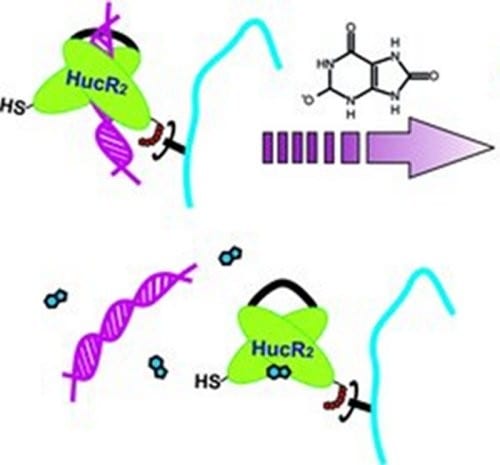


A hydrogel that can tell good from bad: this material can distinguish between normal and pathological levels of urate, a salt related to gout arthritis.
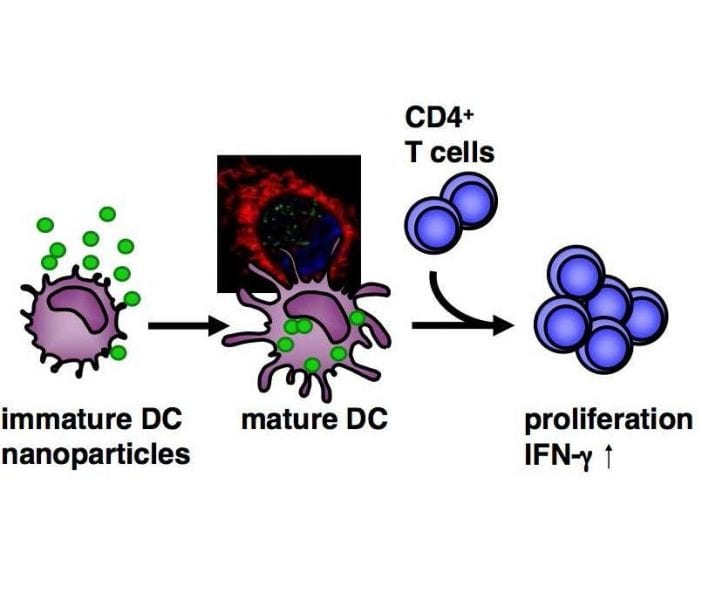
Functionalized polystyrene nanoparticles are analyzed for their interaction with human monocyte-derived dendritic cells.
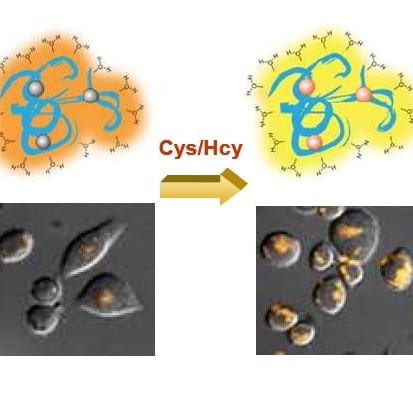
A phosphorescent iridium(III) complex-functionalized poly(N-isopropylacrylamide) is a promising probe for bioimaging applications.
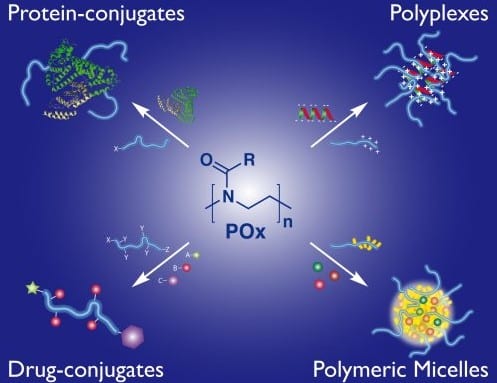
A special issue in Macromolecular Rapid Communications has been dedicated to poly(2-oxazoline)s & related pseudo-polypeptides – a growing field of research.
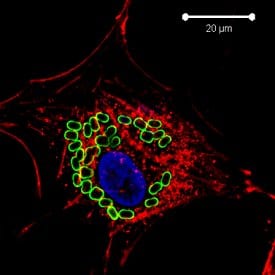
Polyelectrolyte microcapsules as large as four microns can be ingested by cells, leading to impairment of cell functions.
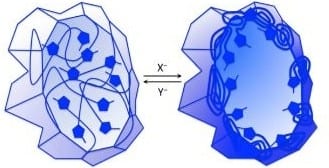
John Texter (Eastern Michigan University) reviews in an authoritative and clear manner the rapidly growing field of anion recognition materials derived from imidazolium based polymers.
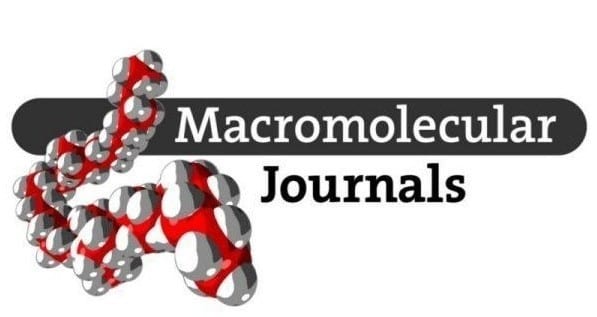
Read now for free the editor’s choice of recent feature and review articles in Macromolecular Rapid Communications.
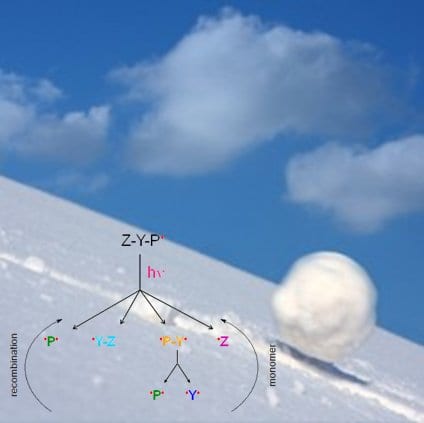
Klaus Tauer and co-workers (Golm, Germany) report the discovery of an unusually rapid and high-yielding emulsion polymerization reaction that does not follow zero-one kinetics.
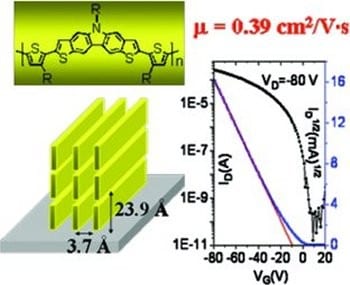
Researchers from the Chinese Academy of Sciences, Changchun, designed a novel fused heteroacene with high hole mobility for solution processed thin-film transistors.
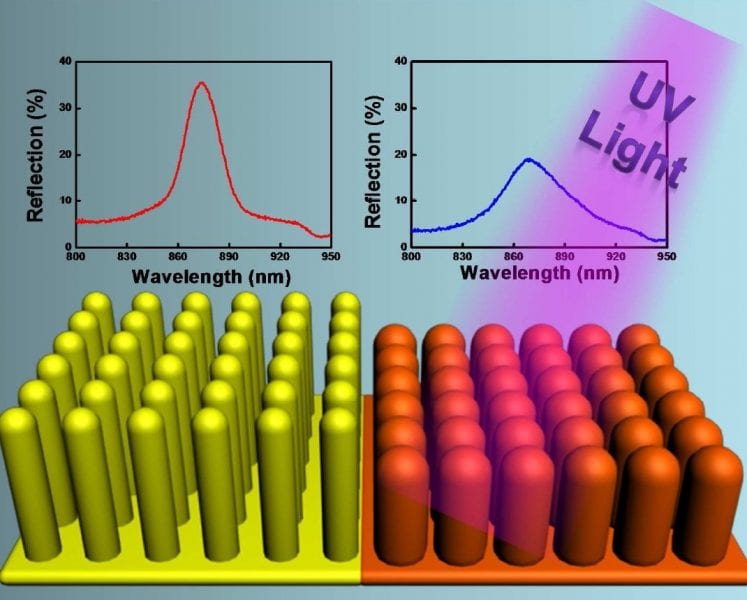
A two-dimensional microarray is fabricated from a crosslinked liquid crystalline polymer containing azobenzene groups.